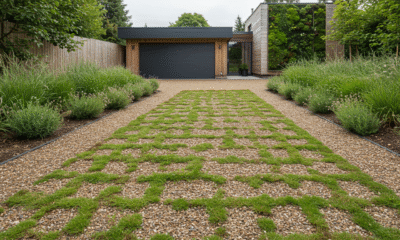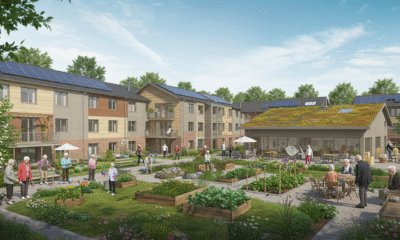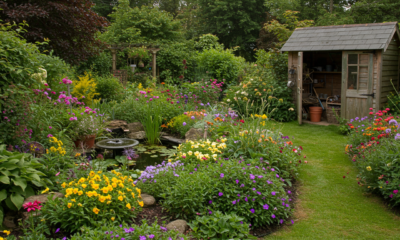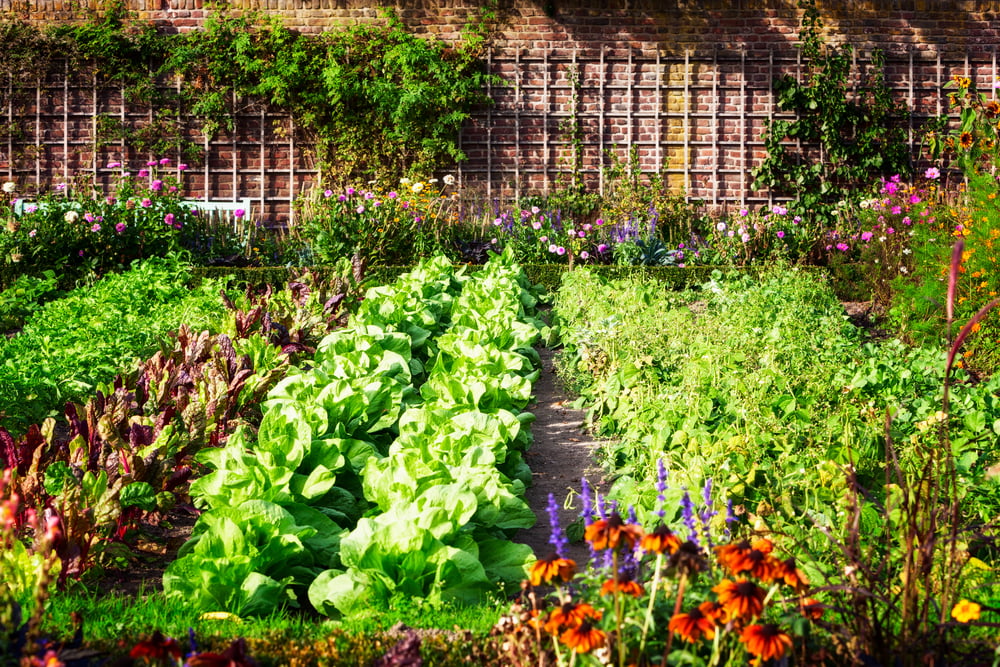
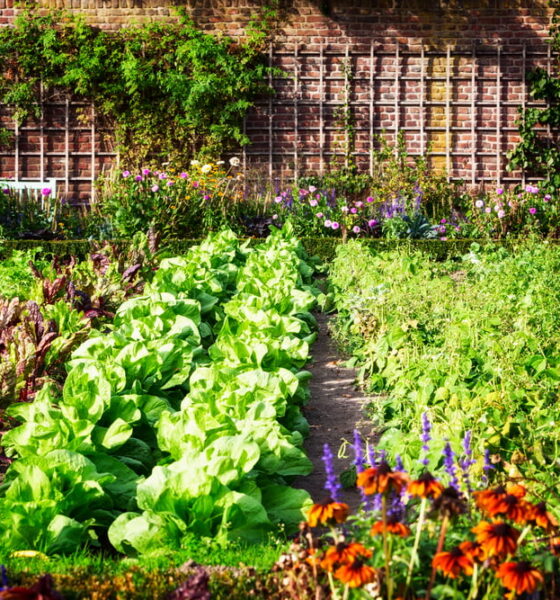
Environment
Making Your Dream of Having an Eco-Friendly Garden Come True
Sustainability is a growing concern for people in many different parts of the world. One poll found that 77% of people want to live more sustainable lifestyles. However, actually following through on this goal is a different matter.
Unfortunately, many people don’t know what steps they can take to truly embrace an eco-friendly lifestyle. You need to think of every potential measure you can take to lower your carbon footprint. Most people that talk about green living think about the importance of energy efficiency, particularly in the home. They want to rely more on solar and other forms of renewable energy.
However, there are ways to cut your carbon footprint that don’t get nearly as much attention. One measure is with starting a garden.
How Gardening Can Promote Sustainability
What does a garden have to do with sustainable living? You will have a better idea if you appreciate the carbon footprint of our food sources. The United States Department of Agriculture found that around 11.6% of all greenhouse gases in the country originate from the agricultural sector.
Part of the reason that the agriculture sector has such a high carbon footprint is that food has to be distributed all over the country. Larger farms also use a lot of harmful chemicals that can damage the environment. Furthermore, they tend to use a lot of equipment that uses a lot of pollution.
You can address these problems by starting your own eco-friendly garden. You just need to know what measures to take.
Growing attention to a healthier and more sustainable lifestyle has a direct and noticeable impact on finding homes. Owning a small outdoor space is a desire shared by many to care for a small vegetable garden or at least to have some aromatic seedlings.
The lucky owners of a green space to be used as a garden are considered truly privileged, but a simplistic association is often made: land = vegetable garden. However, being able to cultivate and then harvest the fruits of the land is far from obvious, it takes time, knowledge, and a little luck.
Back to the rhythms of nature
Hands up who is itching to get up at dawn to take care of the vegetable garden before a long day’s work? Or again, who is willing to trade a pleasant Sunday afternoon of binge-watching for the grueling work of moving the earth?
Yet, taking care of one’s vegetable garden gives innumerable advantages perhaps little discounted to a first evaluation: not only is it possible to eat ‘safe’ vegetables, whose origin is known as well as the treatments that have been made to guarantee its growth. In addition, having your garden allows you to feed on seasonal fruits and vegetables and to rediscover the rhythms of nature both at the table and in everyday life.
For many amateur horticulturists, taking care of the land is an ideal hobby to disconnect from the frenzy of their days, between traffic, work and housework.
Not only vegetables
In many cases, the first ‘green’ love is flowers. You start with a bit of plant, maybe a gift, that you decide to plant. If the experiment is a success, we try another and then another. We talk about the ‘intoxicating’ scent of flowers, and in fact, it seems that perfume and colors become a kind of addiction for those who choose to cultivate them. The vegetables come later almost to seal a new and lasting passion for the land.
Flowers and vegetables are two sides of the same coin: the earth benefits from one another. One year, a space used as flower beds can be an ideal space for tomatoes and aubergines the following year. The principle of crop rotation is ideal to allow plants always to find the nutrients they need in the soil.
Arrange spaces
The most beautiful gardens, cultivated in vegetable gardens or divided into beautiful flower beds, have one thing in common: they are very tidy. But how do you get the seeds to bear fruit in a way that is perfectly parallel to the edge? Or how to create excellent alternating color games?
The secret is there but you can’t always see it! They are lawn edges and do not only have aesthetic advantages. While it is true that they allow a perfect organization of green spaces, they also have a protective function keeping away weeds or avoiding the excessive propagation of some roots.
The edges can be made of plastic and natural materials such as wood or stone. In some cases, the spaces can be delimited by other plants: those beautiful gardens surrounded by lavender plants. A very nice solution but undoubtedly more laborious.
Some edges have a particular shape, with the end curved outward to provide an effective barrier against slugs and snails.
Here you can find a wide range of possible solutions to better organize and protect your garden, both in the garden and flowerbeds.
Create an eco-friendly garden!
To bring sustainable and healthy fruits and vegetables to the table, it is essential to choose the most suitable fertilizers. You can feed your garden with compost, provided you have everything you need to get soil rich in ultra-nourishing organic substances. On the market, there is also manure, the ‘remedy of grandmother’ for the land. A very ancient and consistently effective method to prepare the land, whether a vegetable garden, lawn, or flowers are cultivated. Finally, the refreshing treatment par excellence is oxblood, the benefits of which are visible from the very first application.

